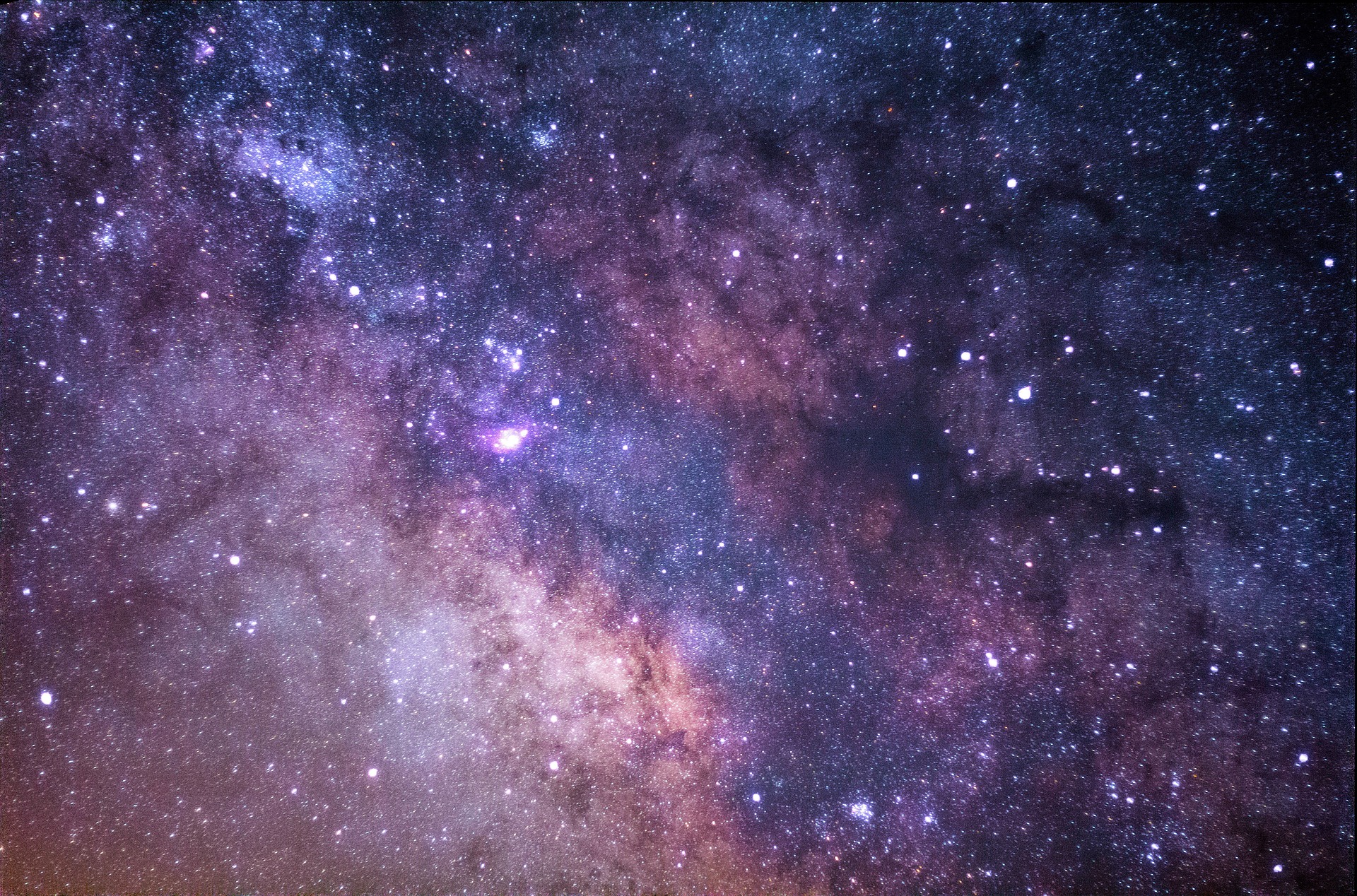A new study could upset the vision that we have of planets that can accommodate life in the Universe.
The question of life in intergalactic space continues to interest scientists, who particularly wish to use artificial intelligence to try to detect certain traces of it. Given the new study that has just come out, researchers may need to sift through more planets than they first imagined.
Many, many more people to watch
Life in the Universe requires a necessary condition: the presence of liquid water. This condition is difficult to have for most stellar bodies, since it is very rare to find planets with surface oceans. This is why scientists are instead exploring the option of underwater oceans, such as the one present on the planet Saturn’s satellite, Enceladus.
Until then, it was still thought that the number of these planets that could potentially harbor life was small. Except that a new study presented recently in Lyon by the planetologist Lujendra Ojha estimates that there would actually be in our galaxy many more of these worlds which would gravitate around red dwarfs, stars existing in abundance in the Milky Way.
There are even 100 times more planets capable of supporting life than previously believed, which would correspond on average to one planet supporting liquid water for each planetary system in the Milky Way.
Geothermal heat in action
Why, then ? To sum up, the discoveries of Lujendra Ojha’s team would tend to demonstrate that where there are planets with layers of ice, which is not uncommon in the Universe, there would very often be geothermal activity allowing melt some of it and form large underground water bodies, where life could then take shape.
The oceans in question could also be particularly stable, since the heat at the origin of these melts would be of radioactive origin, with elements whose half-life could be 1 billion years. Suffice to say that single-celled beings would have time to come to life!
Finally, this hypothesis also has the advantage of annihilating the harmful role of the X-rays released by the red dwarfs and which would destroy life on the surface, but would become benign due to the protection of the layers of ice overhanging the expanses of liquid water. . What to give hope?
Source : Vice

13